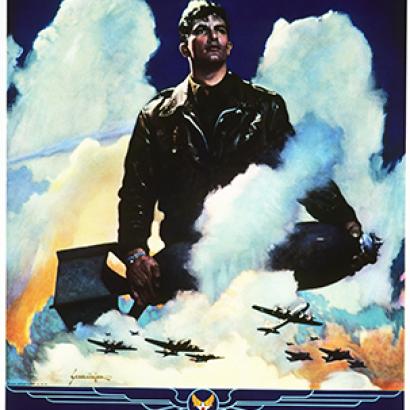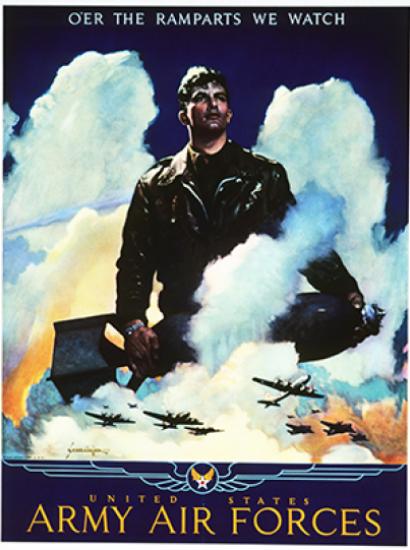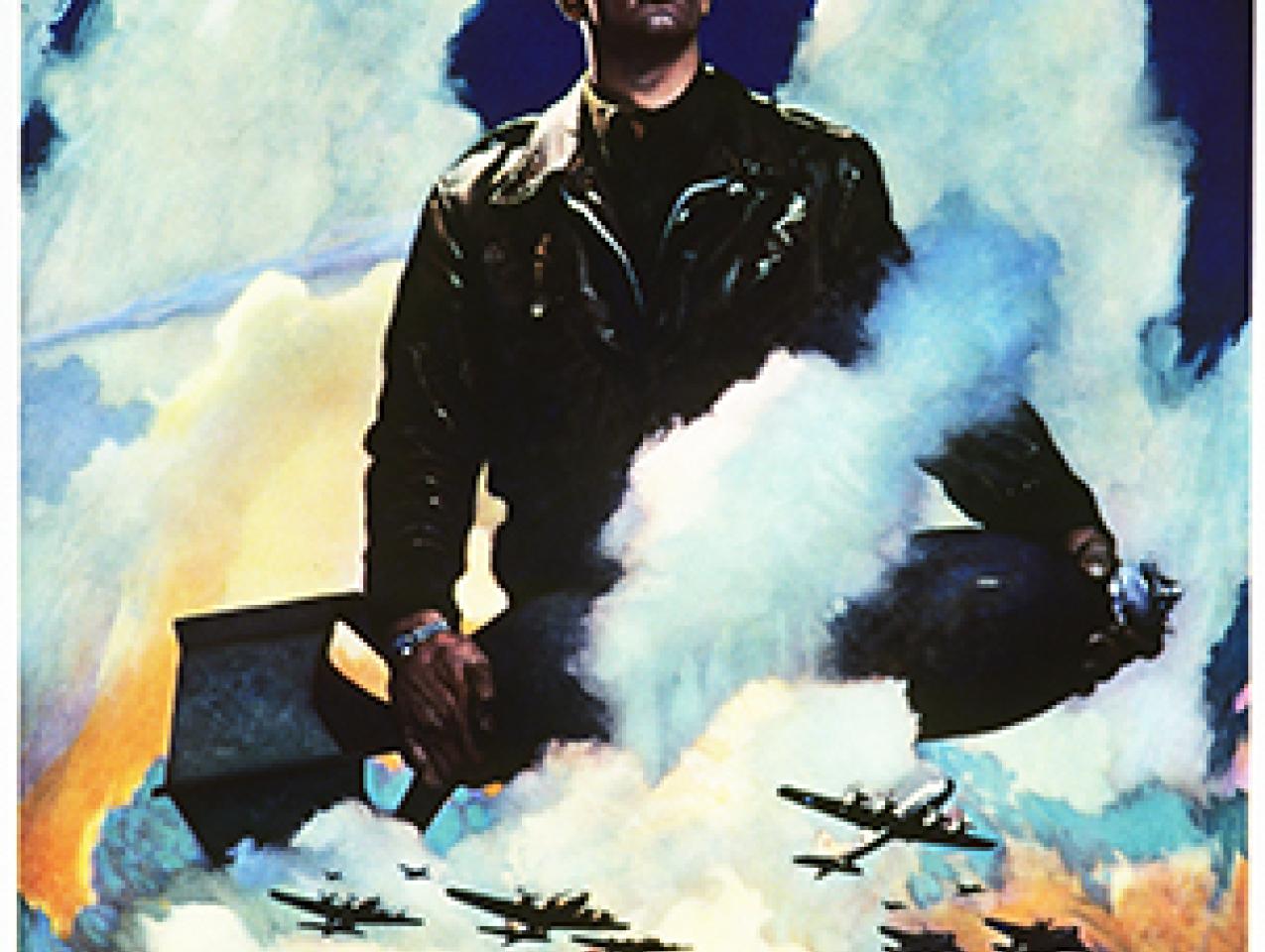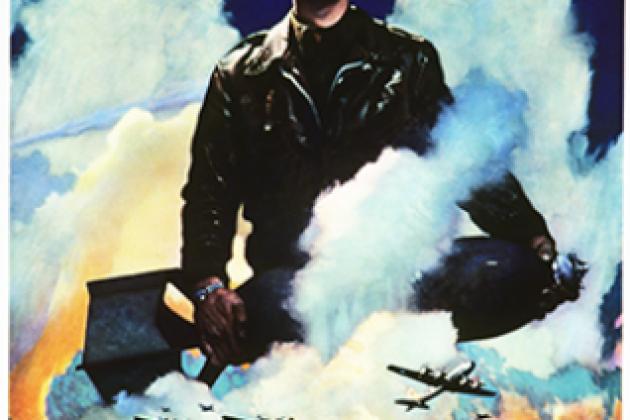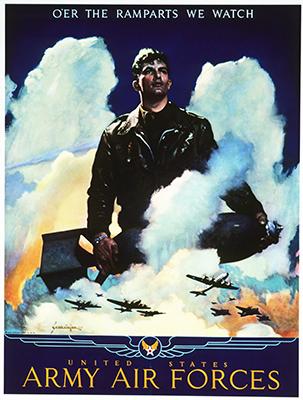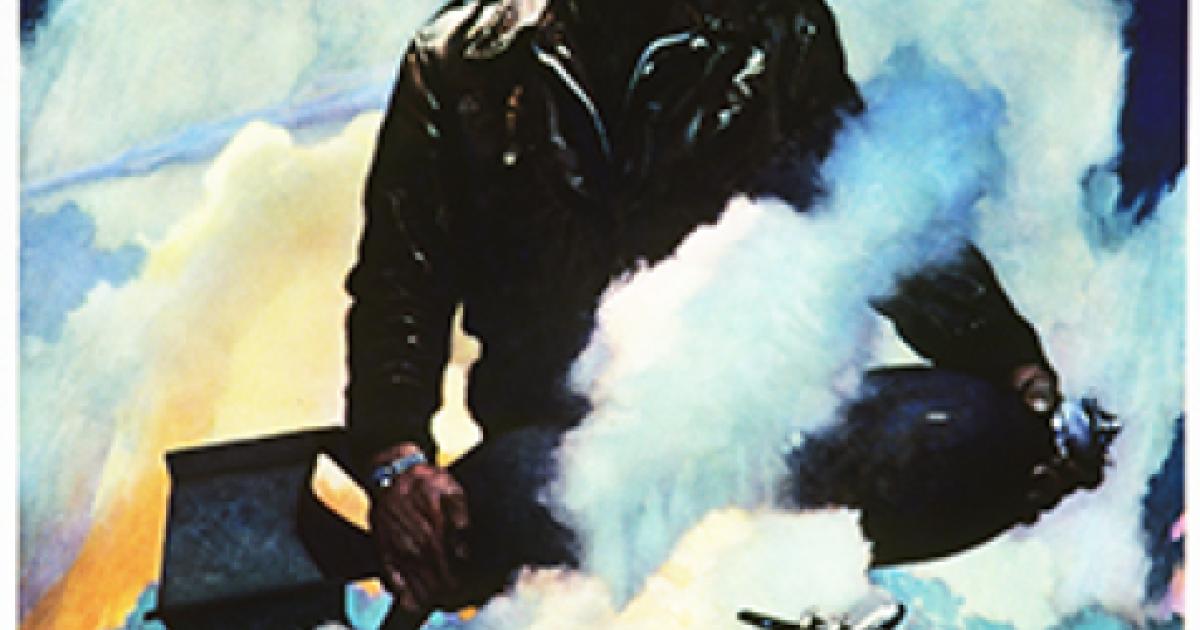- History
- Military
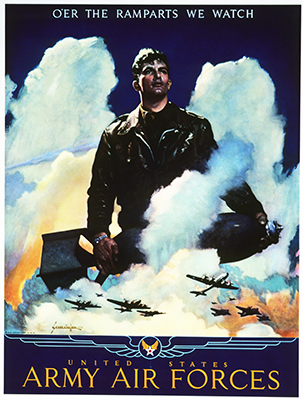
Twenty-five years ago, I published an essay, “The New Warrior Class,” arguing that our military’s most-frequent opponents in the coming decades would be irregular forces, such as guerrillas, terrorists, militias, pirates, and even criminal networks. Hostile, nuclear-armed states would remain the paramount threat to our existence, but it would be the “all-others” who kept us busy. We needed to prepare for changing battlefields and tenacious, if lesser, enemies.
I was right. But I was thinking like a soldier. So I missed the greater damage asymmetrical enemies could do to us.
After nearly two decades of warfare against representatives of this new warrior class, our battlefield achievements, when not retarded by political fears, have been impressive. We got good fast. Our casualties, although painful, have been slight in historical terms, approximately one-tenth the number killed in action in our Indochina wars and one-hundredth of the number of dead in our Civil War.
Yet, terrorists, in particular, have been able to do literally incalculable damage to our economies, societies, and daily lives. Despite IEDs and fanaticism, we win the kinetic fights, but the terrorists have inflicted enormous costs on our civilization, from polarization to squandered wealth that could have changed millions of lives for the better.
The roughly 3,000 dead of September 11th, 2001, constituted a shocking, humiliating loss. But in coldly analytical terms, the aftermath has had a greater impact. Suddenly, tens of billions, then hundreds of billions of dollars were diverted to domestic security—sunk costs with no financial return. The “structures of everyday life” changed, from the sudden ubiquity of metal detectors at the local courthouse to labor-, cost- and time-consuming airport security. Burly, half-trained guards appeared where none had been seen before (even as a new and graver threat in the cyber-realm went largely ignored for years).
Atop the domestic costs, trillions have been spent (and often misspent) on extended foreign interventions that attempted, futilely, to convince profoundly different cultures that they should be like us. In our nation-building attempts, it wasn’t faith-addled bombers who defeated us—we defeated ourselves, enriching unscrupulous contractors while impoverishing the values we professed.
Those of us who believed that terrorism was a genuine, but ultimately manageable threat were correct in the narrow sense, but wildly wrong when it came to appreciating the total costs we would have to bear.
Today, terror regimes have collapsed. Terror chieftains are dead or on the run. The “good” news is that Middle-Eastern populations have suffered so horrendously from Islamist totalitarianism and barbarism that any stirrings of sympathy they initially might have felt for the stick-it-in-America’s-eye terrorists have all but vanished. The fanatics overplayed their hand grotesquely.
Yet, entire countries lie in ruins. So many atrocities occurred that we can only estimate the dead. And Islamist terror remains alive, if deprived of territory, wealth, and broader appeal. The threat remains sufficient to continue costing our government and economy many billions of dollars every year. Terrorists lie dead in the tens of thousands, but their ghosts haunt us every time we board a commercial flight or visit a Federal building.
The specter of “big war” is back, with superpower and aspirant-power competition intensifying. But the big win for the ragtag enemies we’ve fought for the last two decades has been lost years for our military, lost wealth for our economy, and social divisiveness. That “new warrior class” turned out to be even more potent than anyone imagined.
Ralph Peters’ latest book, Darkness at Chancellorsville, will be published on May 21st.







